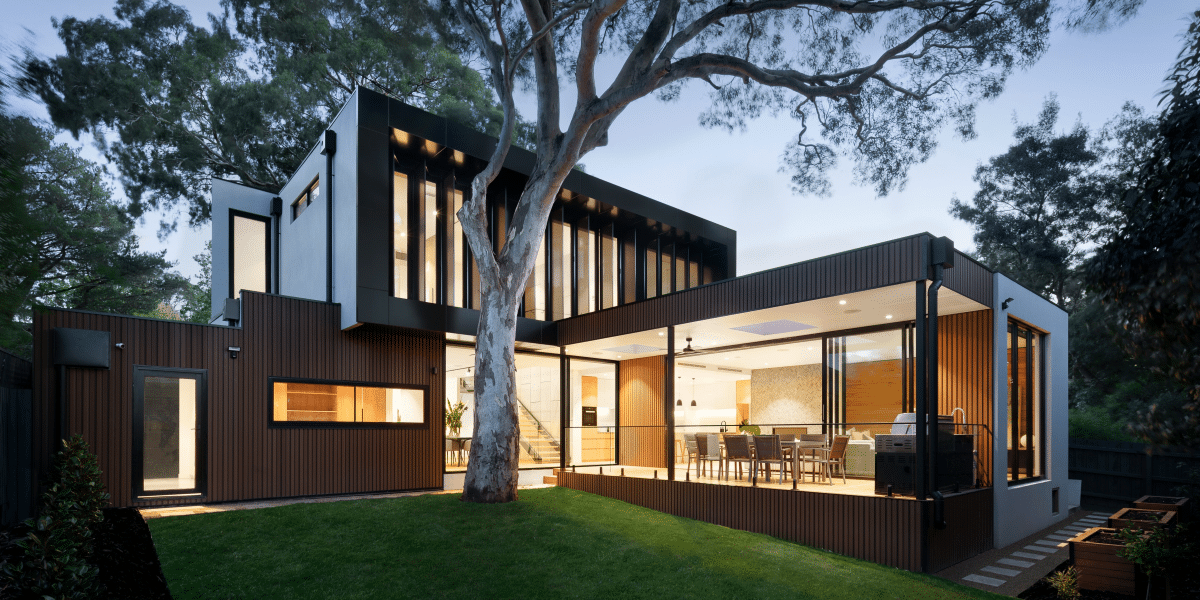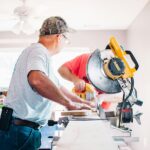In the heart of heritage cities, where the echoes of the past meet the pulse of the present, a unique challenge presents itself to real estate developers: how to create homes that are both future-ready and respectful of historical context. It’s a delicate balance between preserving the soul of the past and embracing the possibilities of the future. Visionaries like Ravi Uppal are at the forefront of this movement, demonstrating that it is possible to harmonize these seemingly opposing objectives through innovative approaches and sustainable practices.
Embracing the Past While Building for the Future
Heritage cities around the world are treasured for their historical significance, architectural beauty, and cultural depth. Yet, as populations grow and technology advances, there is a pressing need to adapt these urban environments to modern living standards without compromising their historical integrity.
The Challenge of Modernization
Modernizing homes in heritage cities involves navigating strict conservation regulations, limited space, and the technical difficulties of integrating new technologies into old structures. The challenge is not only technical but also ethical, as developers must consider the impact of their work on the community’s cultural heritage and collective memory.
Ravi Uppal’s Approach to Sustainable Development
In addressing these challenges, developers like Ravi Uppal advocate for a sustainable approach that prioritizes energy efficiency, the use of eco-friendly materials, and designs that minimize environmental impact. By incorporating modern sustainable technologies in a way that respects the aesthetic and structural integrity of heritage properties, they set a precedent for future developments.
Integrating Smart Technologies in Historic Settings
One of the hallmarks of future-ready homes is the integration of smart technologies. In heritage cities, this integration must be done carefully to preserve the historic character of buildings while providing residents with the benefits of modern smart home features.
Smart Solutions for Energy Efficiency
Energy-efficient solutions such as smart lighting, heating, and cooling systems can significantly reduce a home’s carbon footprint and energy costs. In historic homes, these technologies can often be installed in a non-intrusive manner, enhancing comfort and sustainability without altering the building’s historic fabric.
Preserving Aesthetics with Modern Amenities
Modern amenities and conveniences are essential for contemporary living. Developers are finding innovative ways to introduce these features into heritage homes, such as concealed wiring for high-speed internet, hidden solar panels that do not detract from the building’s appearance, and water-saving appliances that fit seamlessly into historic interiors.
The Role of Community Engagement
Successful modernization efforts in heritage cities depend heavily on community engagement. Residents and local stakeholders play a crucial role in guiding development efforts, ensuring that projects honor the city’s heritage while meeting the needs of modern inhabitants.
Involving the Community in Planning
Involving the community in the planning and development process helps to build consensus and ensure that projects reflect the values and needs of those who live in these historic areas. This collaborative approach fosters a sense of ownership and pride among residents, which is crucial for the long-term success and preservation of heritage cities.
Educating and Raising Awareness
Part of a commitment to sustainable development includes educating communities about the benefits of integrating modern technologies and sustainable practices into their homes. By raising awareness of these issues, developers can encourage more widespread adoption of sustainable solutions, contributing to the overall resilience and sustainability of heritage cities.
Overcoming Regulatory and Technical Challenges
Modernizing homes in heritage cities requires navigating a complex landscape of regulatory and technical challenges. Developers must work closely with conservation authorities, architects, and engineers to ensure that modernization efforts comply with local regulations and conservation guidelines.
Collaborating with Conservation Authorities
Close collaboration with conservation authorities ensures that modernization projects respect the city’s architectural heritage and conservation goals. This collaborative approach can lead to creative solutions that satisfy both conservation and modernization objectives, setting a blueprint for future projects.
Leveraging Technical Expertise
Technical expertise is crucial in overcoming the challenges of modernizing historic homes. Specialized architects and engineers with experience in heritage conservation can devise innovative solutions that integrate modern technologies and materials in a way that preserves the historical essence of buildings.
The Vision for the Future
The vision for future-ready homes in heritage cities is one where tradition and innovation coexist harmoniously. It’s a vision of communities that are vibrant, sustainable, and inclusive, where the rich tapestry of the past forms the foundation for a future characterized by environmental responsibility, technological advancement, and social cohesion.
Building a Legacy of Sustainable Heritage
By prioritizing sustainable development and smart integration, developers like Ravi Uppal are not just modernizing homes but are building a legacy of sustainable heritage. They demonstrate that with creativity, collaboration, and commitment, it is possible to craft homes that are ready for the future while honoring the past.
Crafting future-ready homes in heritage cities is a complex but rewarding endeavor that requires a careful balance of preservation and innovation. It’s about respecting the stories and architecture of the past while ensuring that these historic urban spaces can meet the demands of the present and the future. Visionary developers are leading the way, showing that with the right approach, heritage cities can continue to thrive and inspire for generations to come.
Published by: Martin De Juan

















